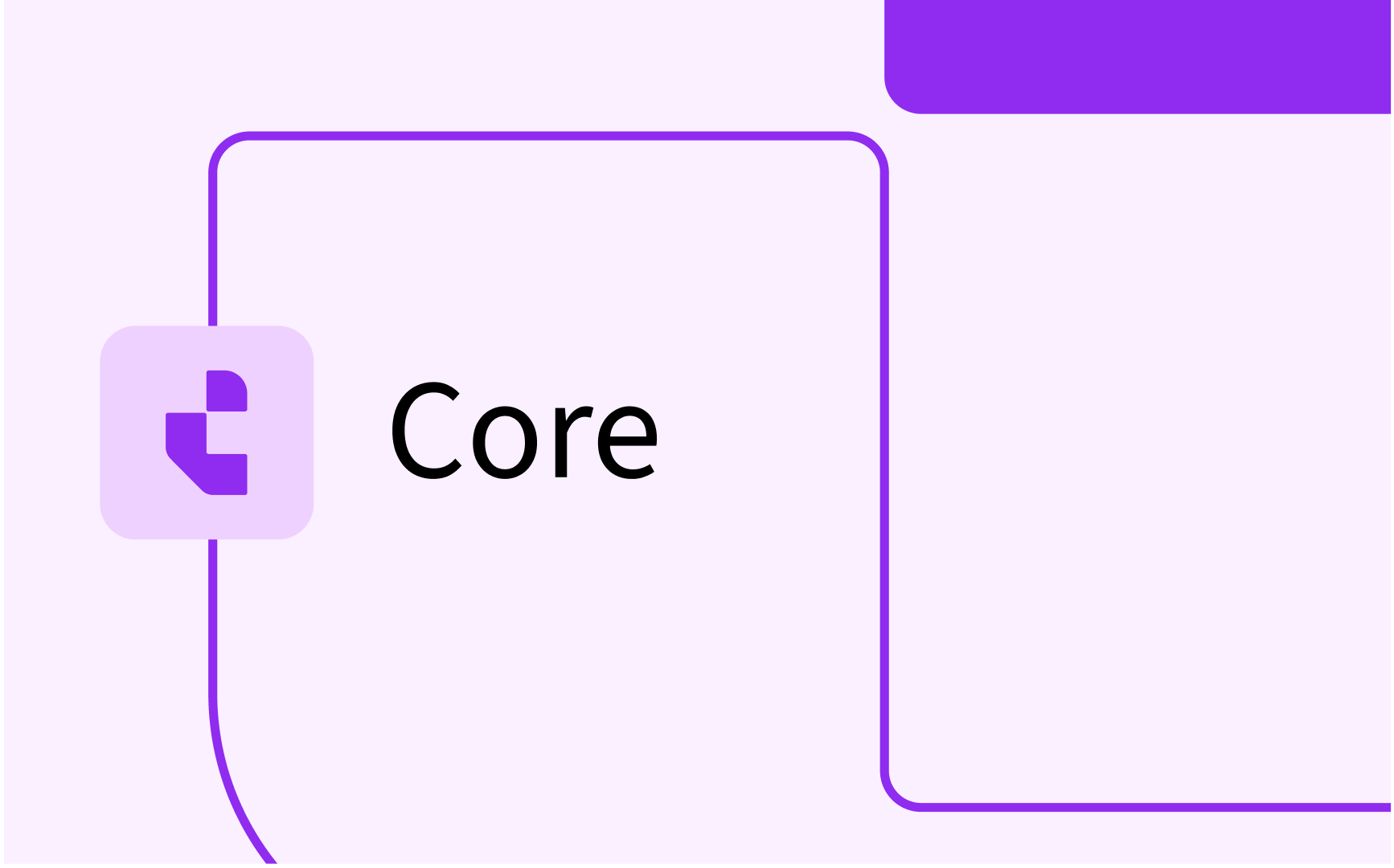Understanding how data collection form works

Top bar and headers
Starting form the top of the page the organisation name is to be found at the left side of the top bar, as well as a link to “all forms” where you can overview all of your submissions (more info on this page can be found here). On the right hand side in the top bar, the following icons are found:
- Question mark: Links to this knowledge base
- User icon: User information and option to change language
- TE logo: Link to timeedit.net

Further down the page:
- Form status: The form will have status “opened” when you first enter the form, it will change to “draft saved” after saving the form, and finally “submitted”
- Due date: The last day when information for this form can be submitted
- Form period: The scheduling period which this forms collects information about, e.g the next academic semester
- Form name: The name of this form is only an example, and will be named by your organisation
- Form description: The description can be used to give guidance in how to submit the form or some other useful information, configured by each organisation
Select the first object
The first action needed is to select the primary object of the form, this is usually of type course, course event, subject instance or similar. What type of object that is the “primary” one will be configured by your organisation, but it is the object that the scheduling team seeks to gather information for. If there is a question mark next to the header, hover over it to find more information about the object selection.
In order to find the right primary object, click the input box and type to search directly. A selection list will appear from the box in which you can use the keyboard arrows and press enter to select, or using the mouse to click.
The header will change when selecting the primary object and will be frozen in the top of the page throughout the whole process of submitting the form.
.png)
The next section of the page, referred to as “Basic course information” in the above example, is again designed by each individual organisation.
How to navigate the form
There are so called “breadcrumbs” right below the top bar, starting with “All forms / Webinar demo form se… / “ which can be used to navigate to the page where all your submissions are overviewed.
The process of submitting a form are divided in a few different steps which are stated in the section below the header. You can reach the next step either by clicking on it, or by using the “next” button at the bottom of the page. The “save” button can also be found at the bottom of the page and will be available at all times.
- Start: The first page where some basic information is stated and asked for. This is where the primary object (course, course event, subject instance or similar) is selected
- All activities: The step in the process where all of the activities related to the selected primary object are added
- Review: In this page all the information in the form will be summarized and possible to overview before submitting
- Submit: The final step from where the form is submitted. Please note that once a form has been submitted, there can be no further changes made.
.png)






